Photodynamic Therapy (PDT) is an advanced cosmetic procedure that involves the application of a photosensitising agent to the skin prior to non-invasive blue light therapy. It can reduce acne, sun damage and even inhibit the progress of pre-cancerous lesions.
Light-based therapy triggers an immune response, which in this context leaves the skin clearer, stronger and more rejuvenated. PDT Therapy is highly effective in the management of severe acne in particular, as it brings about a significant reduction in the number of lesions, along with their frequency. It also helps to regulate sebum production in the skin, which reduces the severity of acne in the future. It can also diminish pore size, improve skin texture and revitalise the complexion.
Photodynamic Therapy is a three-stage procedure that combines light energy with a photosensitiser. This photosensitiser is activated after exposure to a specific wavelength of blue light. After light activation, the photosensitiser becomes toxic to the damaged tissues. This toxic effect helps to destroy cells that have been affected by acne, sun damage or precancerous lesions, which ultimately restores the overall health of the skin.
PDT therapy is widely used to manage a range of other skin problems including psoriasis and solar lentigines. It also helps to protect the skin against bacterial and fungal infections.
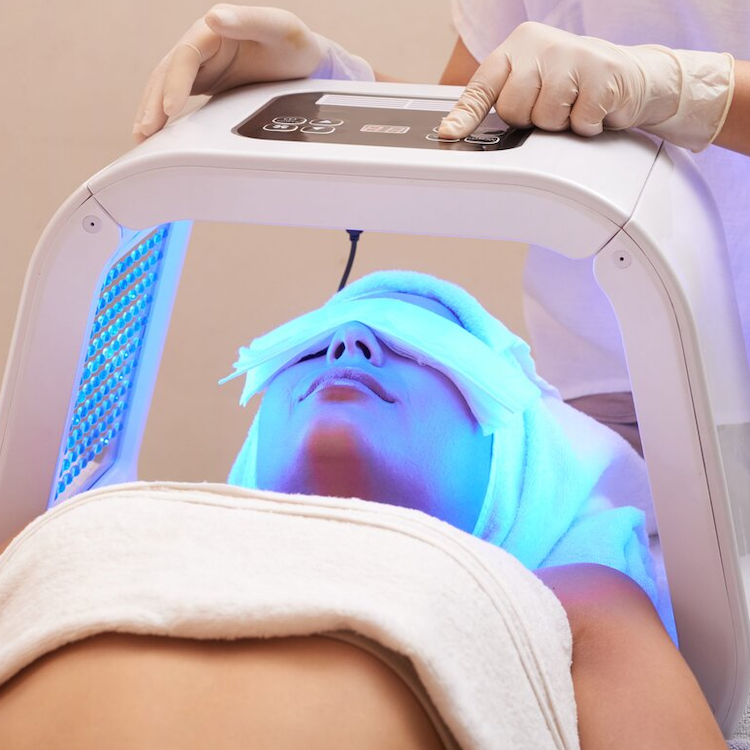
Photodynamic Therapy (PDT) is an innovative cosmetic treatment that combines phototherapy with blue light and photosensitising gel. Treatments significantly improve skin tone, quality and texture.
In advance of treatment, the photosensitising agent is applied directly to the skin as a gel. Once a certain amount of gel has been absorbed into the skin, it is exposed to blue light. This activates the agent and forms oxygen molecules that kill damaged cells within the skin.
PDT Therapy can also destroy tiny blood vessels that feed or provide nutrition to damaged cells, rendering them unable to survive. It can also alert immune cells to attack pre-cancerous cells, ensuring their faster and more efficient destruction. This derives better treatment results in a shorter duration than many conventional chemical peels.
The outcomes of PDT Therapy include a reduction in severe acne and much clearer skin in cases where significant sun damage prevails.
Combining the photosensitising gel with blue light activates tryptophan to form radicals that can react with water molecules. These radicals generate oxygen molecules that can reduce sebum secretion, which lowers the chances of developing acne eruptions in the future.
Acne affects men and women of all ages, with a significantly higher prevalence in younger adults. Sun damaged skin is often built up over a lifetime and can result in solar lentigines along with dry, pigmented skin. Photodynamic therapy is an effective therapy for both conditions as it improves bacterial resistance and promotes the destruction of abnormal or damaged skin cells.
PDT Therapy combines the use of a photosensitiser agent and activating blue light to stimulate a photochemical reaction. It promotes acne improvement by using a short application duration with blue light and ultimately reduces acne by producing a direct photodynamic effect on the sebaceous glands.
The light used in PDT therapy comes from light-emitting diodes (LEDs). The gel used in this treatment plays a key role in removing abnormal skin cells to restore a healthy skin matrix throughout the affected tissues.
PDT Therapy is suitable for men and women who wish to improve the condition of their skin. Common indications include:
- Acne (moderate to severe; cystic)
- Solar lentigines
- Photodamaged skin
- Psoriasis
Treatment Process
- Our experts will discuss the specific skin problems bothering you
- On the day of your procedure, we will first make sure your skin is free of any build-up, products and/or cosmetics
- Topical anaesthesia will be applied to the skin for at least 20-30 minutes
- After cleansing, the photosensitising gel will be applied in advance. There is an incubation period of around 20 minutes prior to its activation with blue LED light therapy
- Goggles will be applied to protect the eyes
- The blue light LED panel will be activated. A warming and burning session may be felt on the skin
- The affected tissues are exposed to the specific wavelength of blue light that activates the photosensitising medication.
- Your skin will be cleansed and SPF will be applied. Aftercare products and instructions will also be provided
- You may resume normal activities immediately after the session is complete
Awards

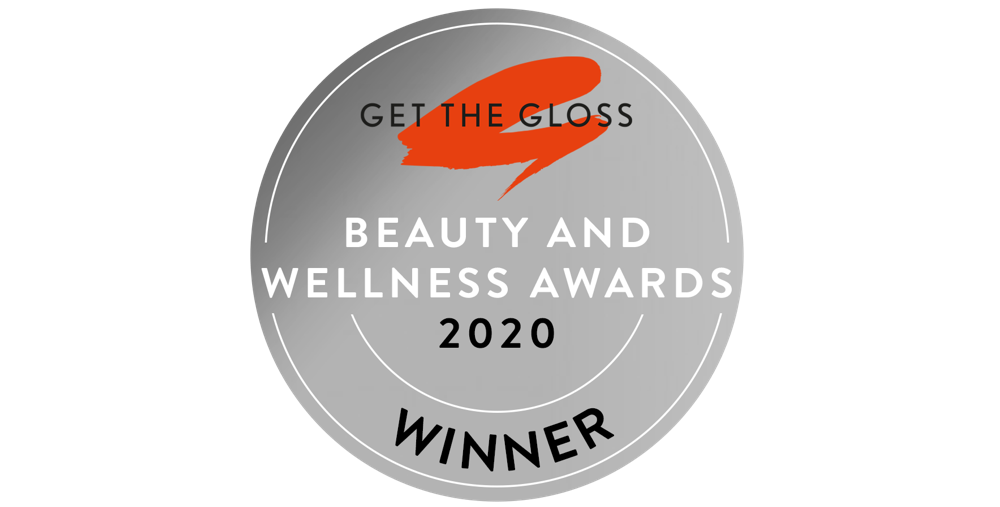
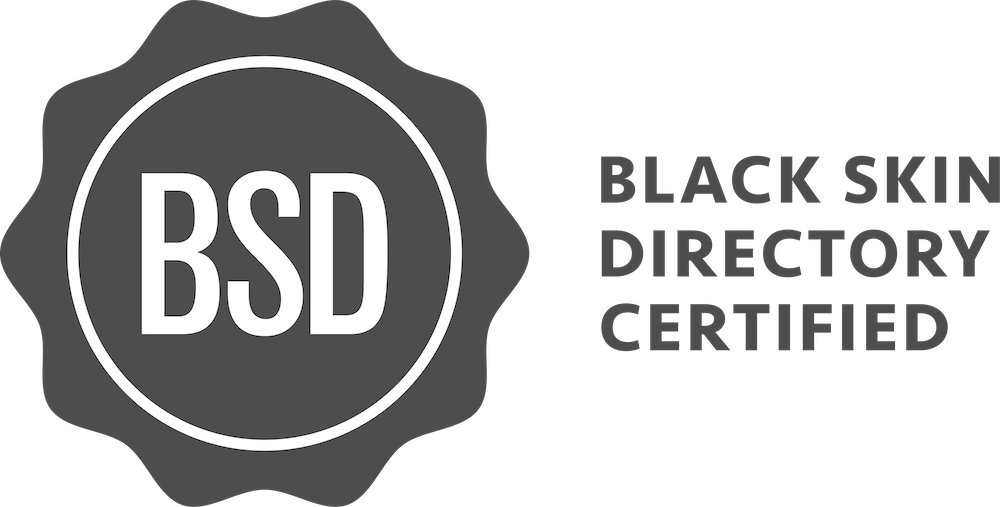
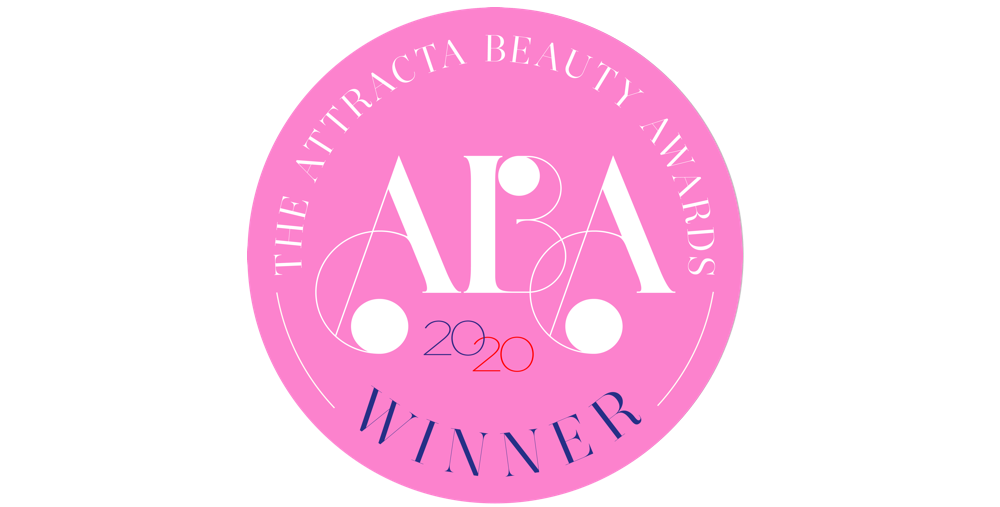
Book A Consultation
OPENING HOURS
Monday - Friday: 10am-8pm
Saturday: 10am-5pm
CONTACT INFO
T: +44 (0)203 322 5958
E: info@bea-skin.com
UK CLINICS
1. 98 Crawford St
Marylebone, London
W1H 2HL
2. Orpington, Kent
BR5
INTERNATIONAL LOCATIONS
Grote Market 32,
9210 Beveren-Waas,
Antwerp, Belgium
Abuja, Nigeria
